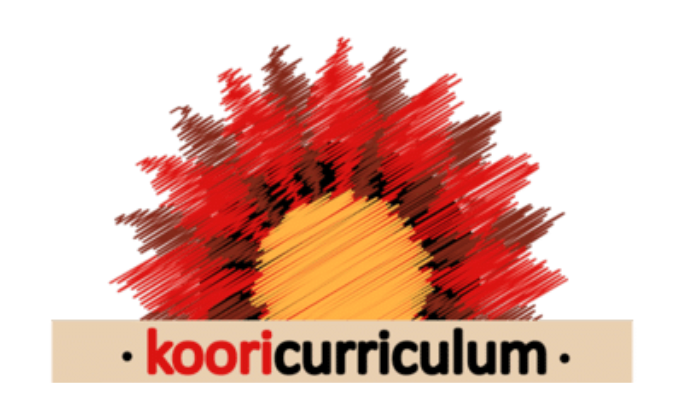I want to address a question I'm often asked by educators and children alike: Who can identify as an Aboriginal person?
As a fair-skinned Aboriginal woman, I know firsthand that Aboriginality is not defined by the colour of one's skin. Being Aboriginal is like a cup of tea – it doesn't matter if it's black, green, milky, or even a takeaway cocktail. What matters is the essence of the tea itself.
To identify as an Aboriginal person, three key elements must be present:
- Heritage: You must have Aboriginal ancestry. It's not enough to be married to an Aboriginal person, live near Aboriginal people, or even have Aboriginal children. The heritage must be your own.
- Self-identification: You must personally choose to identify as Aboriginal. Some people with Aboriginal heritage may decide not to identify as such for various reasons. It's a personal choice that must be made by the individual.
- Community acceptance: Your local Aboriginal community must acknowledge and accept you as a member. This recognition is crucial to establishing your Aboriginal identity.
Some people may have what is called an Aboriginal certificate, which is often required when applying for Aboriginal-identified positions or accessing Aboriginal-specific services. However, the absence of a certificate does not negate one's Aboriginality if the three key criteria are met.
Some points to consider:
- Aboriginality is not determined by skin colour or appearance
- To identify as Aboriginal, you must have Aboriginal heritage, self-identify, and be accepted by your Aboriginal community
- Aboriginal certificates may be used for certain purposes but are not the sole determinant of Aboriginality
- Resources like the book "Fair Skinned Black Fella" and diverse Aboriginal characters in children's literature can help challenge stereotypes about Aboriginal appearance
I encourage you to explore the range of Aboriginal books on the Koori Curriculum website that showcase the diversity of Aboriginal people and challenge assumptions about what an Aboriginal person "should" look like.
Some key roles related to Aboriginal education and cultural sharing include:
- Language Custodian: A recognised authority on an Aboriginal language who can provide permissions and guidance on using the language respectfully.
- Cultural Consultant: An Aboriginal person who advises on culturally appropriate practices, protocols, and perspectives to inform curriculums and learning experiences.
- Traditional Knowledge Holder: An Elder or community member who possesses specialised knowledge of cultural traditions, stories, art, or other practices, and can share this with educators and students.
- Community Liaison: Acts as a bridge between the Aboriginal community and educational institutions to facilitate communication, consultation, and partnerships.
For more information, access our
'Top Questions Answered' pre-recorded webinar




